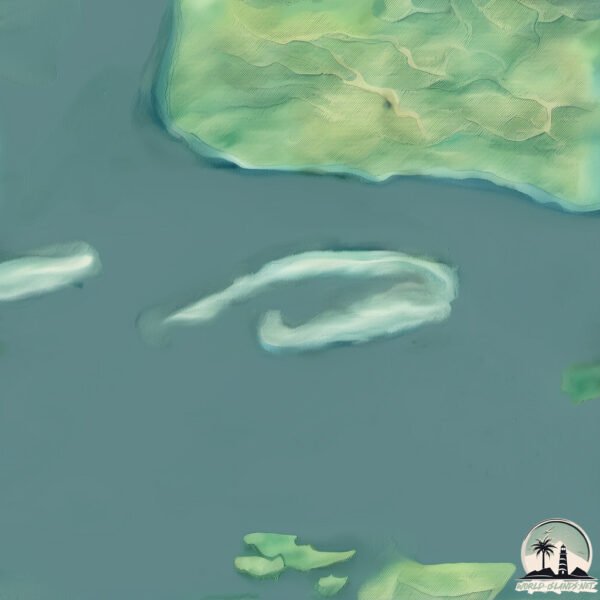Miller Sands

Welcome to Miller Sands, a Temperate island in the North Pacific Ocean, part of the majestic Pacific Ocean. This guide offers a comprehensive overview of what makes Miller Sands unique – from its geography and climate to its population, infrastructure, and beyond. Dive into the details:
- Geography and Size: Explore the island’s size and location.
- Climate and Weather: Weather patterns and temperature.
- Topography and Nature: Uncover the natural wonders of the island.
- Infrastructure and Travelling: Insights on reaching, staying, and making the most of your visit.
- News and Headlines: Latest News.
Geography and size of Miller Sands
Size: 1.538 km²
Coastline: 16.3 km
Ocean: Pacific Ocean
Sea: North Pacific Ocean
Continent: North America
Miller Sands is a Small Island spanning 1.5 km² with a coastline of 16.3 km.
Archipel: –
Tectonic Plate: Africa – One of the world’s largest tectonic plates, covering the African continent and parts of the surrounding oceans, known for its stability with some active rift zones.
The geographic heart of the island is pinpointed at these coordinates:
Latitude: 46.24886765 / Longitude: -123.65587954
Climate and weather of Miller Sands
Climate Zone: Temperate
Climate Details: Warm-Summer Mediterranean Climate
Temperature: Warm Summer
Climate Characteristics: Characterized by warm, dry summers and mild, wet winters, typical of coastal areas with abundant sunshine Rain is more common in the winter months, maintaining a moderate climate.
Topography and nature of Miller Sands
Timezone: UTC-08:00
Timezone places: America/Los_Angeles
Max. Elevation: 3 m
Mean Elevation: 0 m
Vegetation: Mixed Forest
Tree Coverage: 0%
The mean elevation is 0 m. The highest elevation on the island reaches approximately 3 meters above sea level. The island is characterized by Plains: Flat, low-lying lands characterized by a maximum elevation of up to 200 meters. On islands, plains are typically coastal lowlands or central flat areas.
Dominating Vegetation: Mixed Forest
A combination of both deciduous and evergreen trees, often found in transitional zones between forest types. These forests offer a diverse habitat for various wildlife species. Miller Sands has a tree cover of 0 %.
Vegetation: 2 vegetation zones – Low Diversity Island
Islands with two distinct vegetation zones offer slightly more ecological variety. These zones could be due to differences in elevation, moisture, or other environmental factors. While still limited in biodiversity, these islands may offer a contrast between the two zones, such as a coastline with mangroves and an inland area with grassland.
Infrastructure and Travelling to Miller Sands
Does the island have a public airport? no.
There is no public and scheduled airport on Miller Sands. The nearest airport is Portland International Airport, located 137 km away.
Does the island have a major port? no.
There are no major ports on Miller Sands. The closest major port is TONGUE POINT, approximately 9 km away.
The mean population of Miller Sands is 0 per km². Miller Sands is Uninhabited. The island belongs to United States of America.
Continuing your journey, Tenasillahe is the next notable island, situated merely km away.
Canada geese hatching at Miller Sands Island, Oregon-April 20,2012

























United States of America is classified as Developed region: G7: Group of Seven – Major advanced economies, including Canada, France, Germany, Italy, Japan, the United Kingdom, and the United States. The level of income is High income: OECD.
News – Latest Updates and Headlines from Miller Sands
Stay informed with the most recent news and important headlines from Miller Sands. Here’s a roundup of the latest developments.
Please note: The data used here has been primarily extracted from satellite readings. Deviations from exact values may occur, particularly regarding the height of elevations and population density. Land area and coastline measurements refer to average values at mean high tide.
